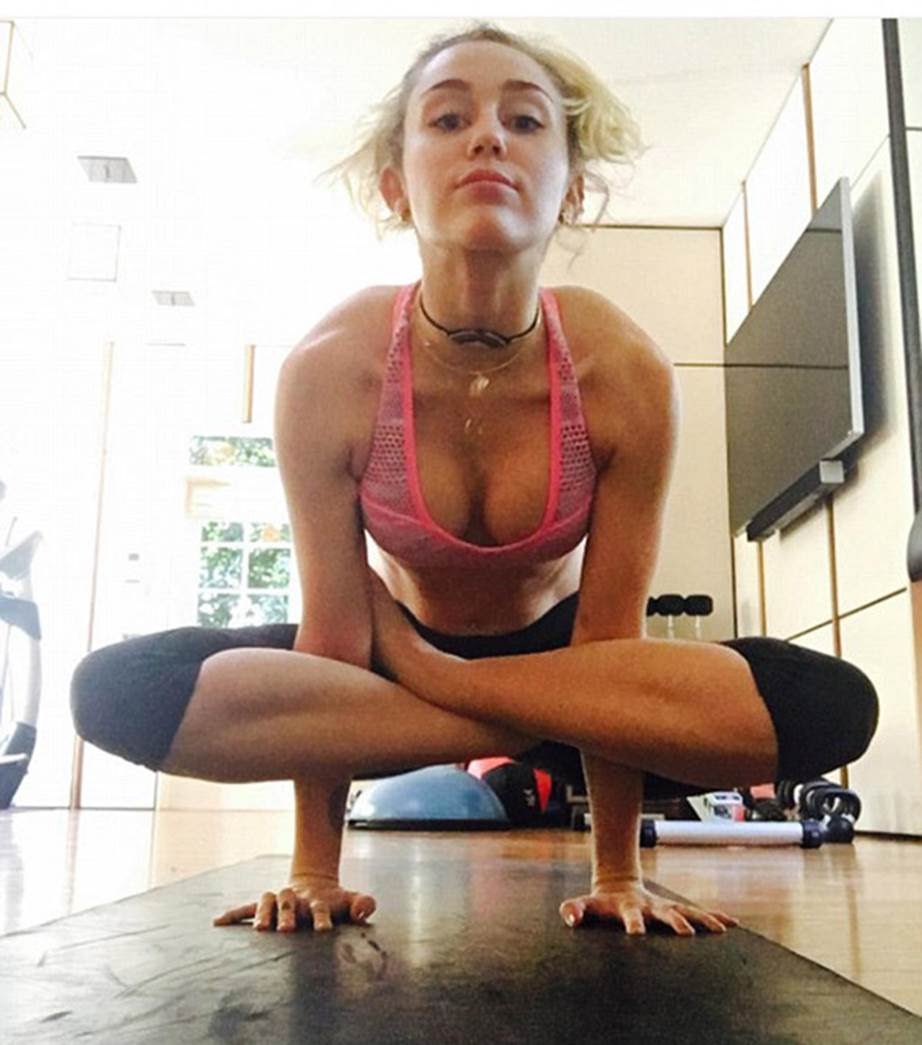Today, we’re giving you the skinny on yoga and asanas.
What are asanas and how do they relate to yoga?
And how does yoga make you lose weight?
Let’s get the skinny!
What is an Asana in Yoga
An asana is a Sanskrit term that refers to a physical posture or pose practiced in yoga. Asanas are the moves a person does while practicing yoga.
The practice of yoga involves a combination of physical postures, breath control (pranayama), meditation, and ethical principles. Asanas are specifically focused on the physical aspect of yoga and are designed to enhance strength, flexibility, balance, and overall well-being.
Each asana is chosen for its unique benefits, targeting different muscle groups, improving circulation, and promoting mental concentration.
The term “asana” is commonly used to describe the various poses and postures that make up a yoga practice.
From standing poses to seated stretches and inversions, asanas are integral components of yoga routines, contributing to the holistic approach of this ancient practice.
What Are Some Asanas in Yoga?
Yoga consists of various postures, known as asanas, each designed to promote physical and mental well-being. Here are some commonly practiced yoga asanas:
- Mountain Pose (Tadasana): A foundational standing pose that focuses on grounding and aligning the body.
- Downward-Facing Dog (Adho Mukha Svanasana): A pose that strengthens the entire body, particularly the arms, shoulders, and legs, while stretching the spine.
- Tree Pose (Vrikshasana): Balancing on one leg, this pose improves concentration and strengthens the legs.
- Warrior I (Virabhadrasana I): A dynamic standing pose that enhances strength, stability, and flexibility in the legs and hips.
- Warrior II (Virabhadrasana II): Similar to Warrior I but with a wider stance, focusing on hip flexibility and strength.
- Child’s Pose (Balasana): A resting pose that helps to stretch the back, hips, and thighs while promoting relaxation.
- Cobra Pose (Bhujangasana): Strengthens the back muscles and opens the chest, promoting flexibility in the spine.
- Seated Forward Bend (Paschimottanasana): Stretches the spine, hamstrings, and lower back, promoting flexibility and relaxation.
- Bridge Pose (Setu Bandhasana): Strengthens the core, glutes, and lower back while improving flexibility in the spine.
- Corpse Pose (Savasana): A relaxation pose at the end of a yoga session, allowing the body to rest and integrate the benefits of the practice.
These are just a few examples, and there are many more asanas in yoga, each offering unique benefits for physical, mental, and spiritual well-being.
It’s essential to practice under the guidance of a qualified yoga instructor, especially if you’re new to yoga or have any health concerns.
What are the 4 Categories of Asana?
In traditional yoga philosophy, asanas (physical postures) are often categorized into four main types, each serving a distinct purpose in the practice. These categories are:
- Standing Poses (Tadasana): These postures focus on grounding, stability, and strength. Examples include Mountain Pose (Tadasana), Warrior I (Virabhadrasana I), and Tree Pose (Vrikshasana).
- Seated Poses (Paschimottanasana): These postures typically involve sitting on the mat and work on enhancing flexibility and calming the mind. Examples include Seated Forward Bend (Paschimottanasana), Lotus Pose (Padmasana), and Hero Pose (Virasana).
- Backbends (Bhujangasana): Backbending poses open the front of the body, stretch the spine, and strengthen the back muscles. Examples include Cobra Pose (Bhujangasana), Bridge Pose (Setu Bandhasana), and Wheel Pose (Urdhva Dhanurasana).
- Inversions (Adho Mukha Vrksasana): Inversions involve going upside down and can include both mild and advanced poses. These postures are believed to have rejuvenating effects on the body and mind. Examples include Downward-Facing Dog (Adho Mukha Svanasana), Headstand (Sirsasana), and Shoulder Stand (Sarvangasana).
These categories provide a framework for organizing and understanding the diverse range of yoga postures.
However, it’s important to note that not all asanas neatly fit into these categories, and there is often overlap between them.
Additionally, modern yoga practices may use different categorizations based on specific styles and teachings.
- Functional Training: The Secret Behind Celebrity Fitness

- The Ultimate Gut Health Diet: What Celebrities Are Eating

- Meghan Markle Shares 65 pound Pregnancy Weight Gain

- AI Home Gym Equipment: The Future of Smart Fitness in 2025

- Rosie O’Donnell’s Weight Loss Transformation: From Surgery to Mounjaro Success

- Supplements Celebrities Actually Take for Longevity

- Home Gym Hacks Celebs Swear By in 2025

- Low-Inflammation Diets Celebrities Follow to Stay Slim

- Is Walking or Running Better for Weight Loss?

- Kathy Bates Shares Workout Weight Loss Secret

- 7 Worst Foods For Gut Health

- Ozempic-Free Celebrity Weight Loss Stories That Inspire





